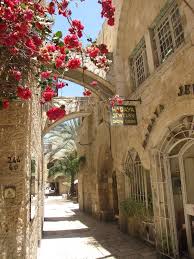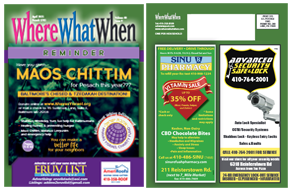It’s All about the Relationships

The first days of school have begun. All those nervous days of anticipation are behind us, and stretching before us now is a bright new year full of promise and potential. School is a time of growth, learning, and preparation for what is to come. How can we maximize what our students and children accomplish during these precious months?
Last year at this time, I wrote about the importance of establishing routines to ensure that a year’s worth of learning can take place. Now is the time to set up routines once again. But this year I’d like to talk about another important topic – relationships – without which nothing can be accomplished.











